
Opening invitation to the "Archetypes for a New Pagan Mythology" exhibition at the LZ46.
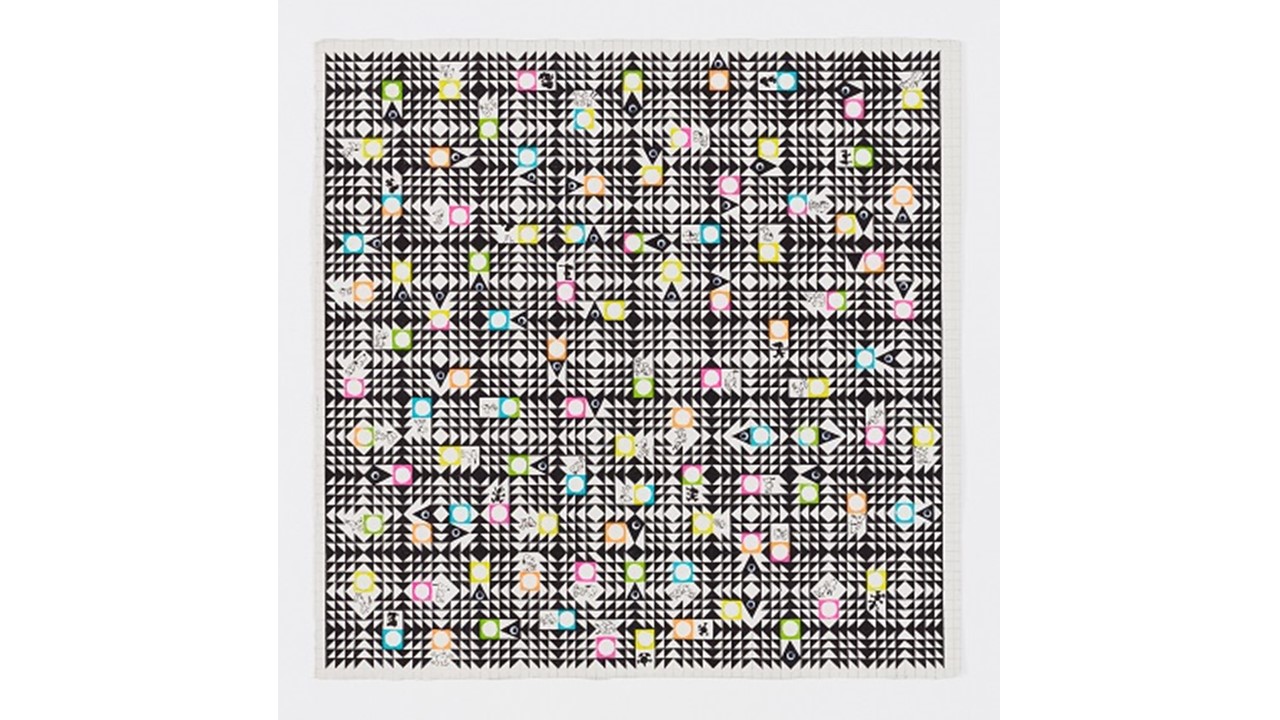
"Transition Chart", 2018. Ink on paper and LSD, 65 x 65 cm. Photo: Pedro Laguna
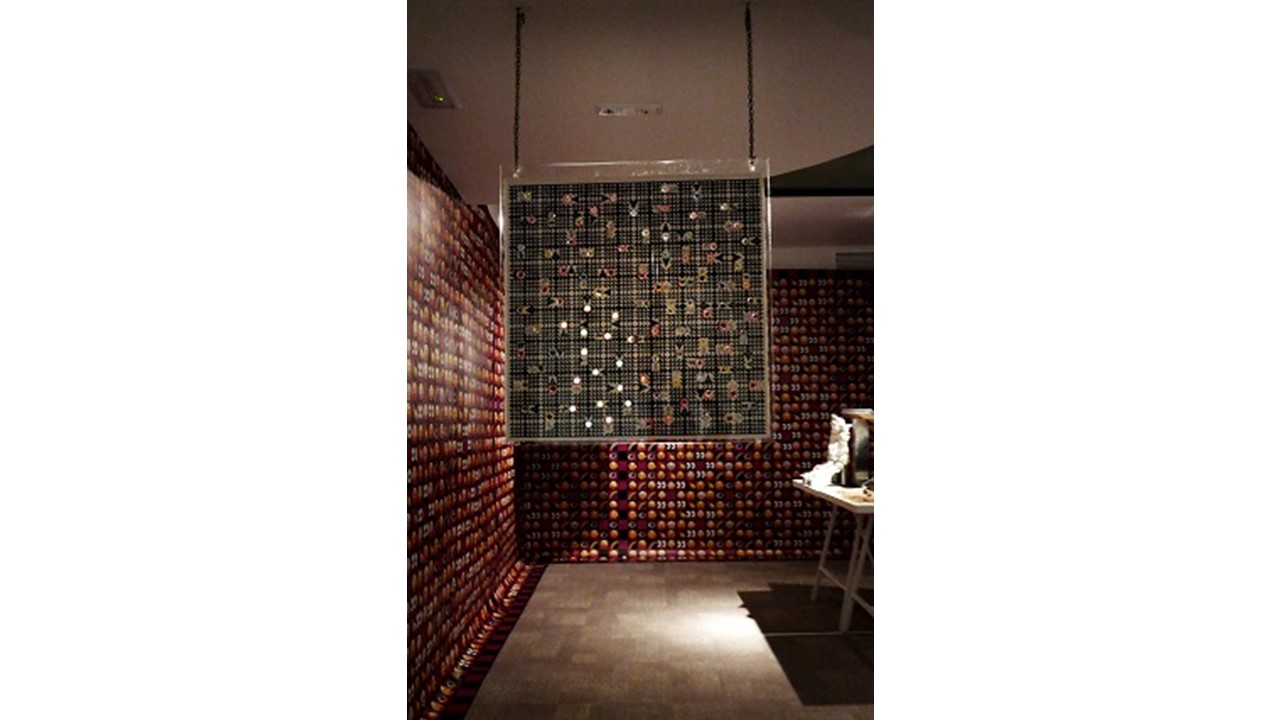
Installation view of the "Archetypes for a New Pagan Mythology" exhibition at Freijo Gallery.
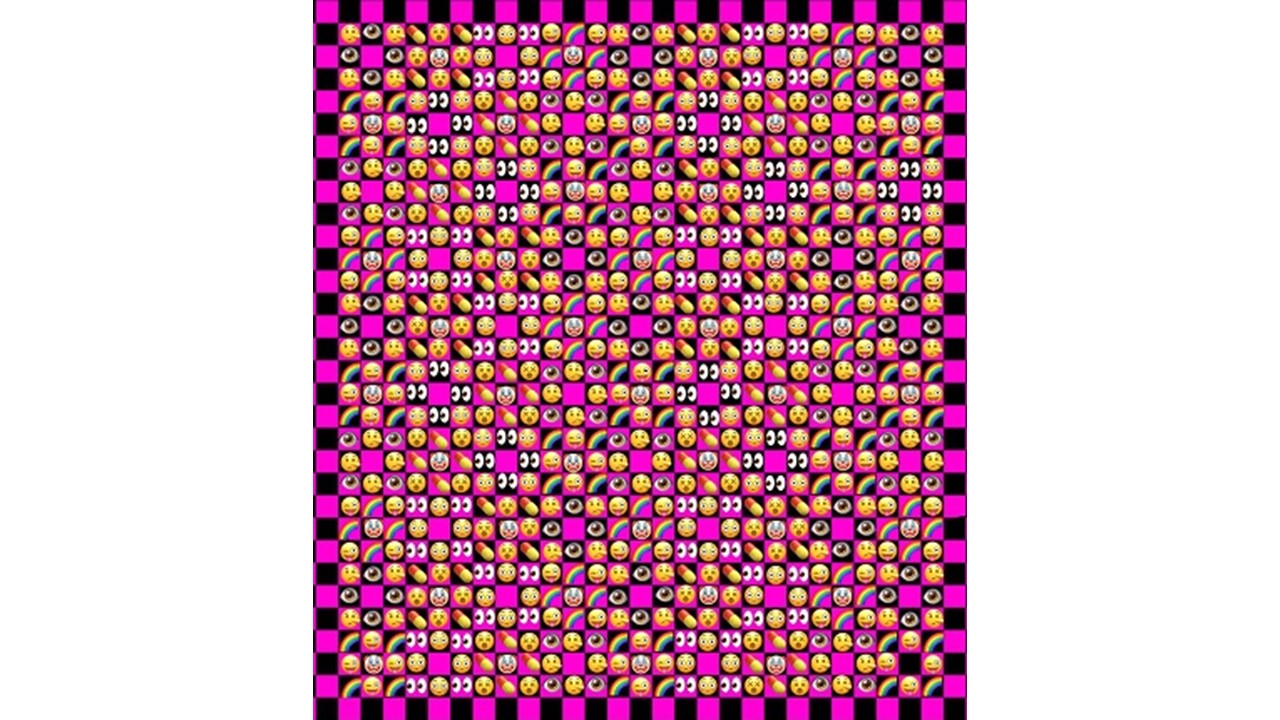
Overview of"Noise", 2019. Digital printing. Design for vinyl to be applied on spaces with variable measures.
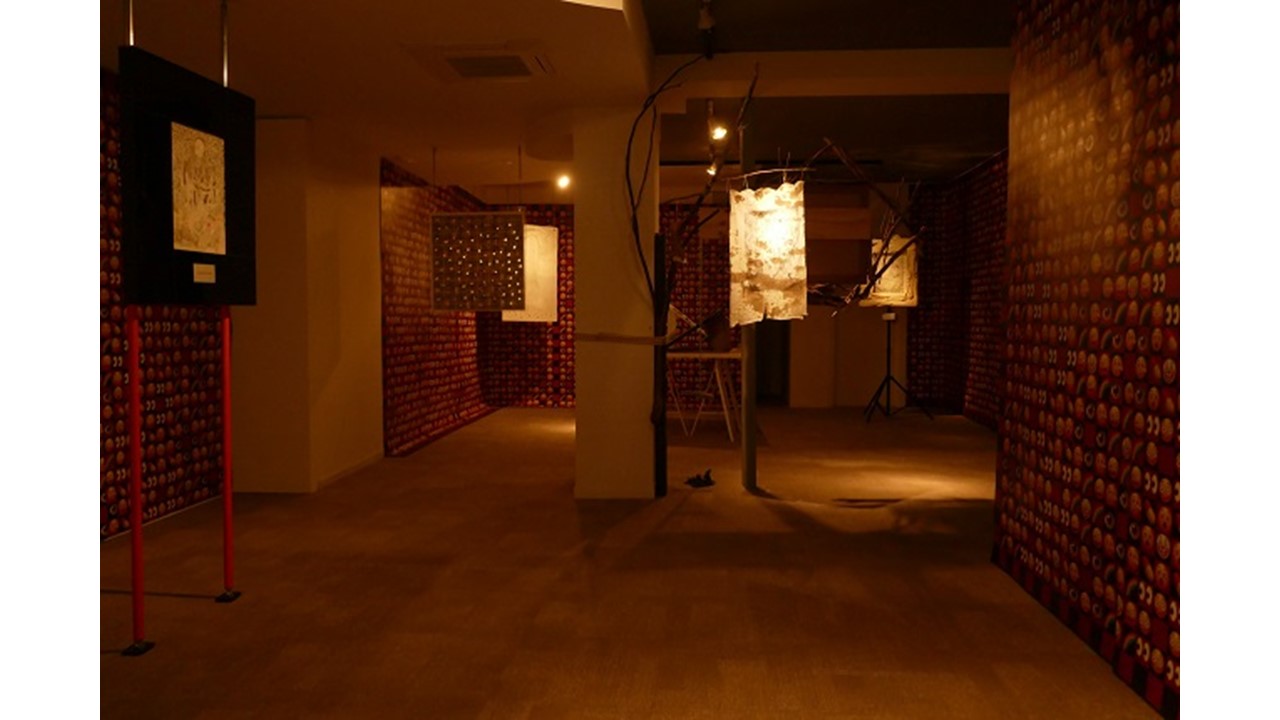
Installation view of the "Archetypes for a New Pagan Mythology" exhibition at Freijo Gallery.
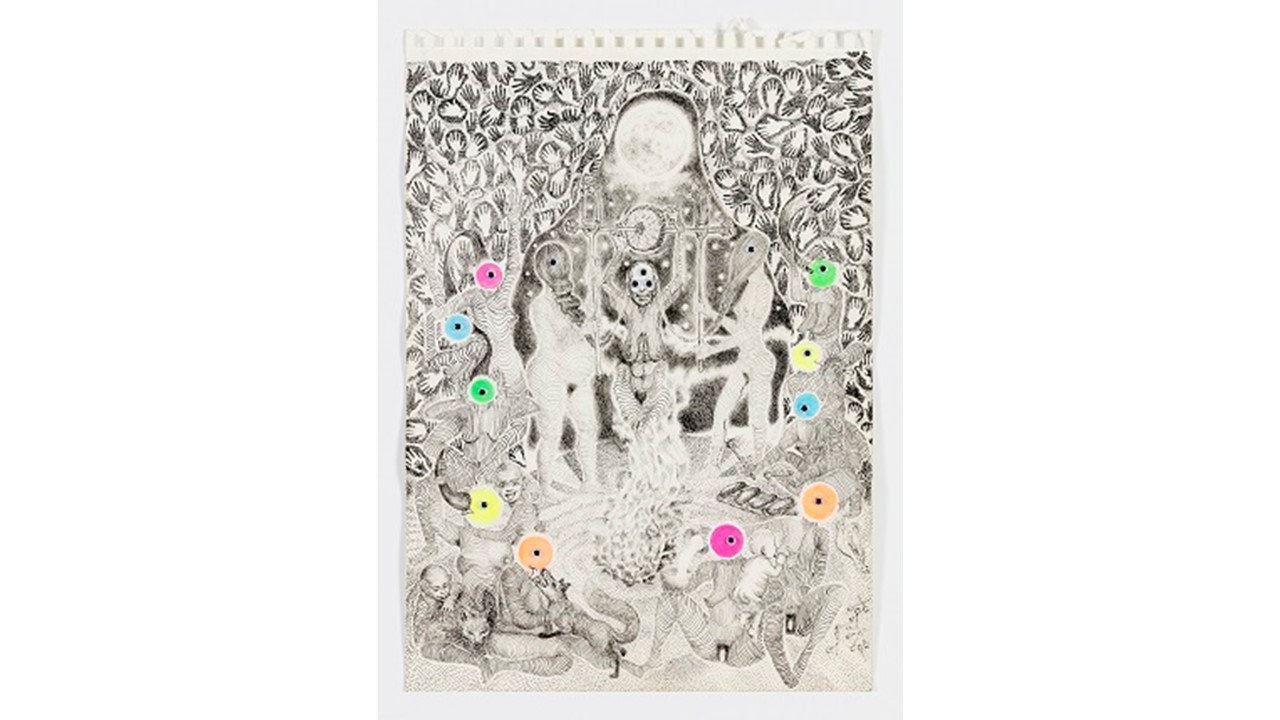
"The Invention of the Wheel", 2019. Ink on paper and plastic eyes. 40 x 29,5. Photo: Pedro Laguna
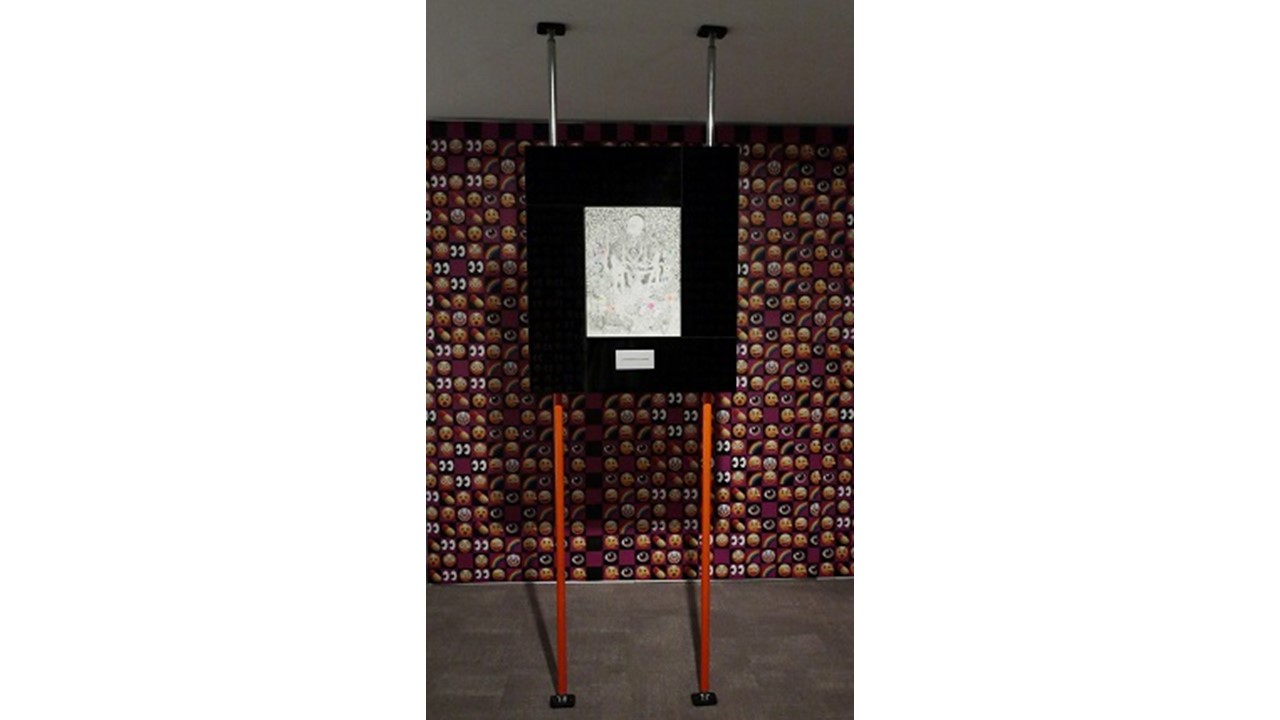
Installation view of the "Archetypes for a New Pagan Mythology" exhibition at Freijo Gallery.
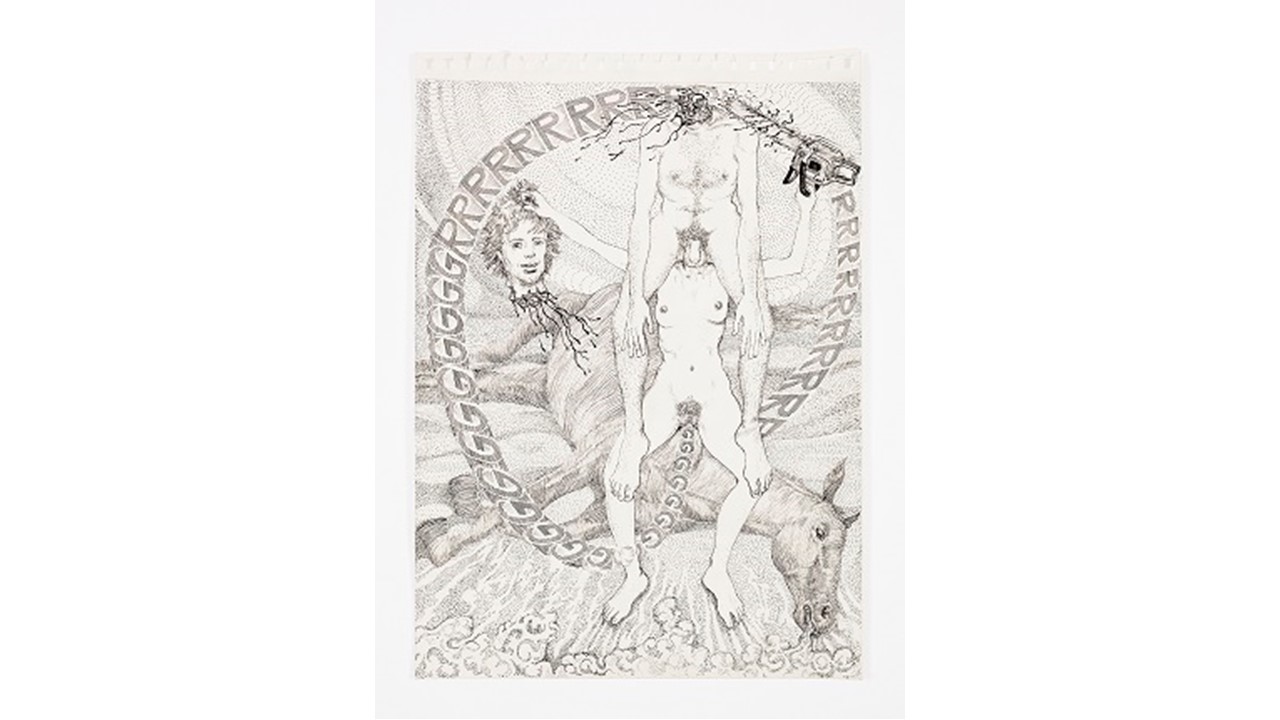
"Abyss," 2019. Ink on paper. 40 x 29,5 cm. Photo: Pedro Laguna
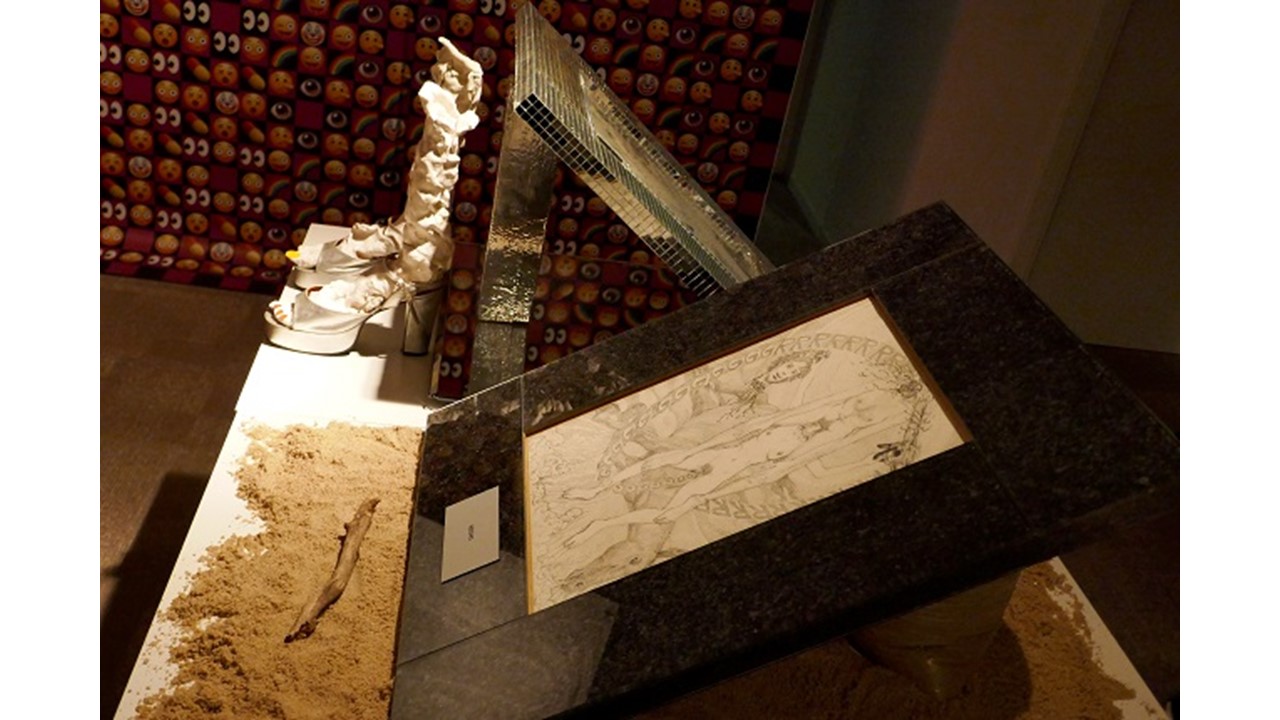
Installation view of the "Archetypes for a New Pagan Mythology" exhibition at Freijo Gallery.
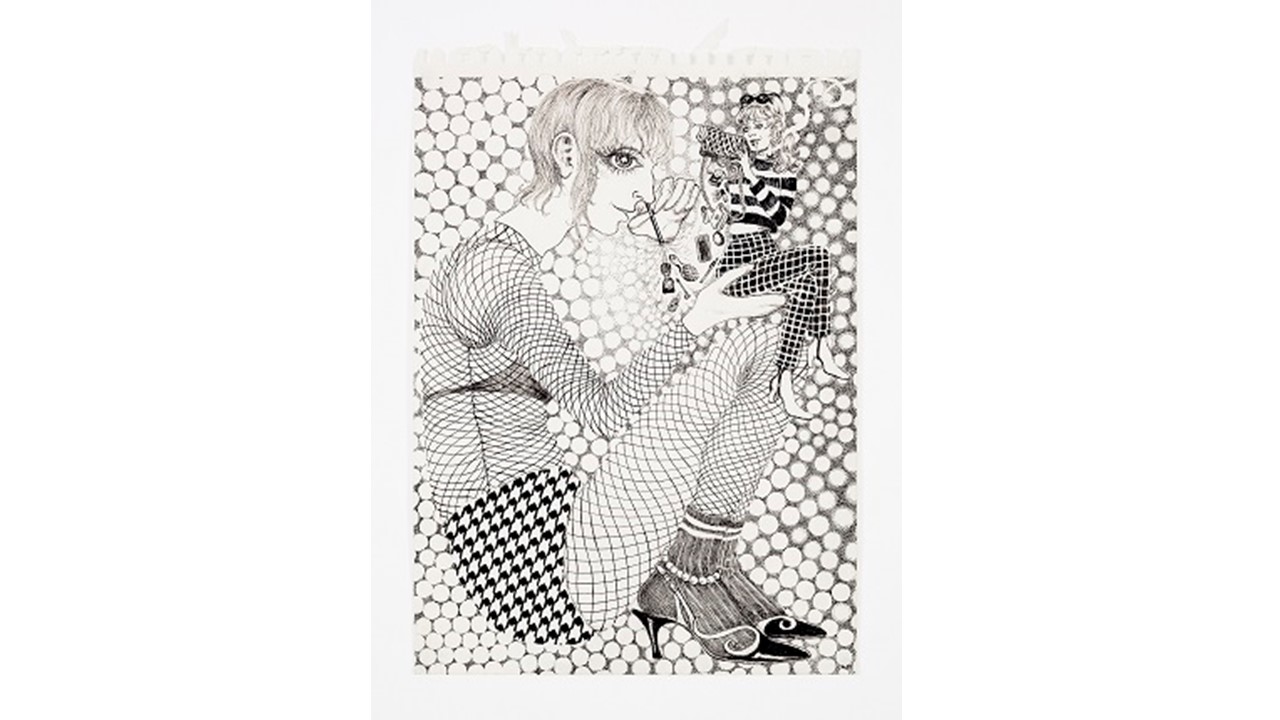
"Girl Stuff", 2019. Ink on paper. 40 x 29,5 cm. Photo: Pedro Laguna
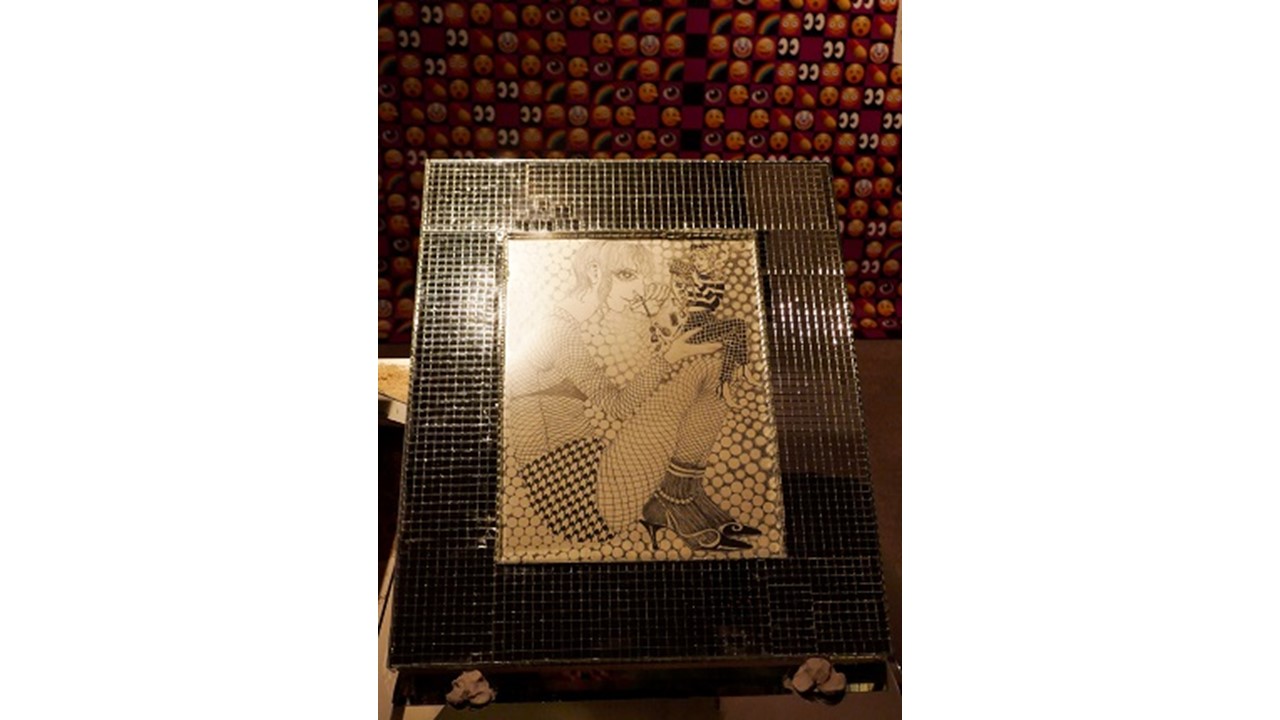
Installation view of the "Archetypes for a New Pagan Mythology" exhibition at Freijo Gallery.
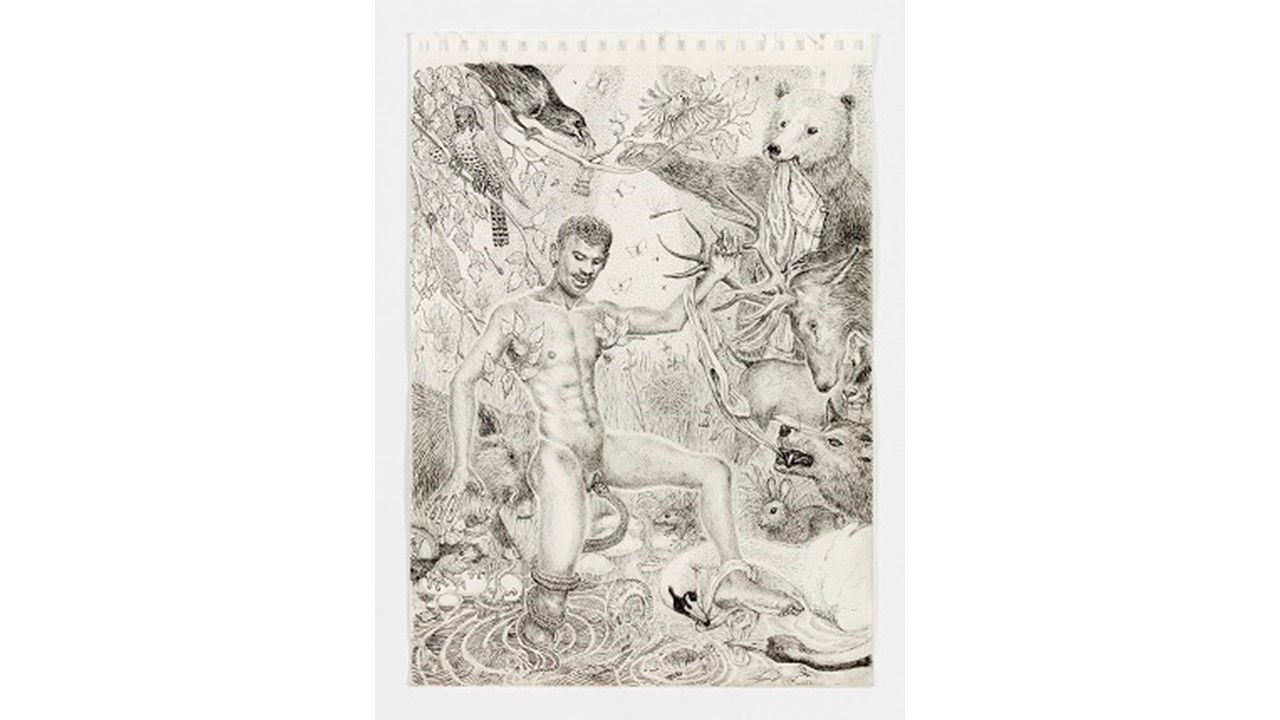
"The Triumph of Nature," 2019. Ink on paper. 40 x 29,5 cm. Photo: Pedro Laguna
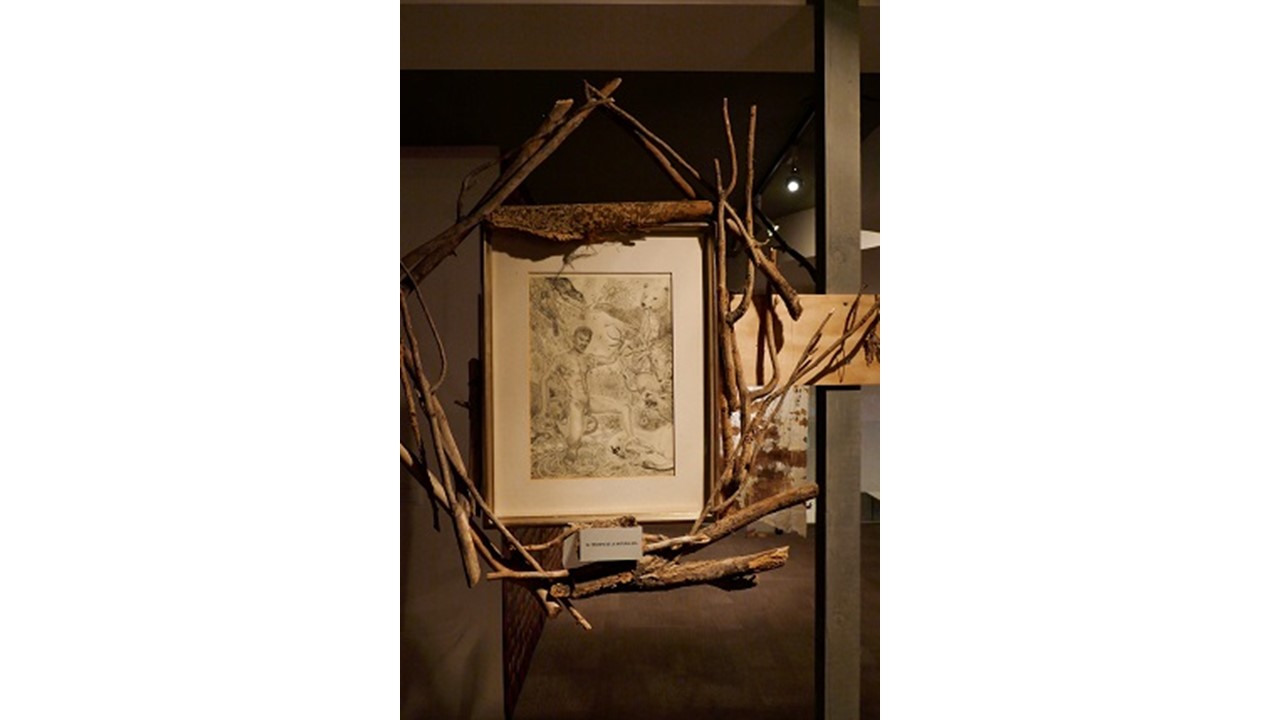
Installation view of the "Archetypes for a New Pagan Mythology" exhibition Freijo Gallery.
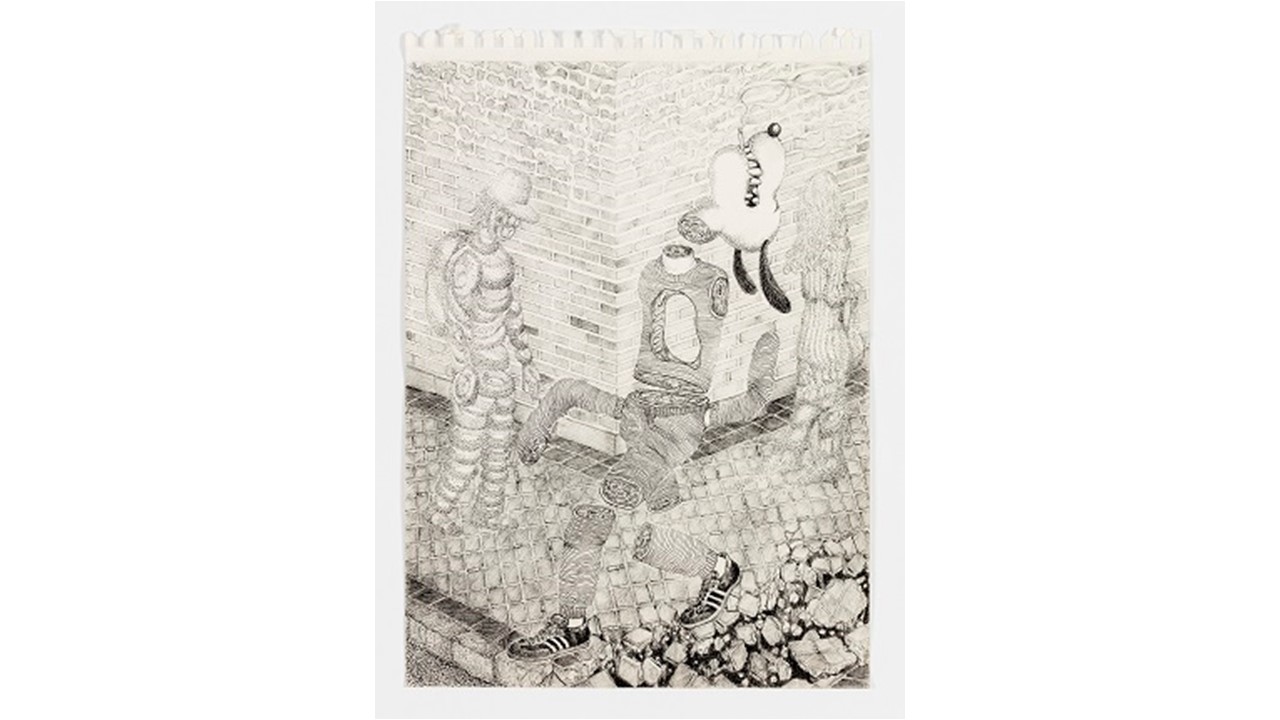
"My Daily Walk", 2019. Ink on paper. 40 x 29,5 cm. Photo: Pedro Laguna
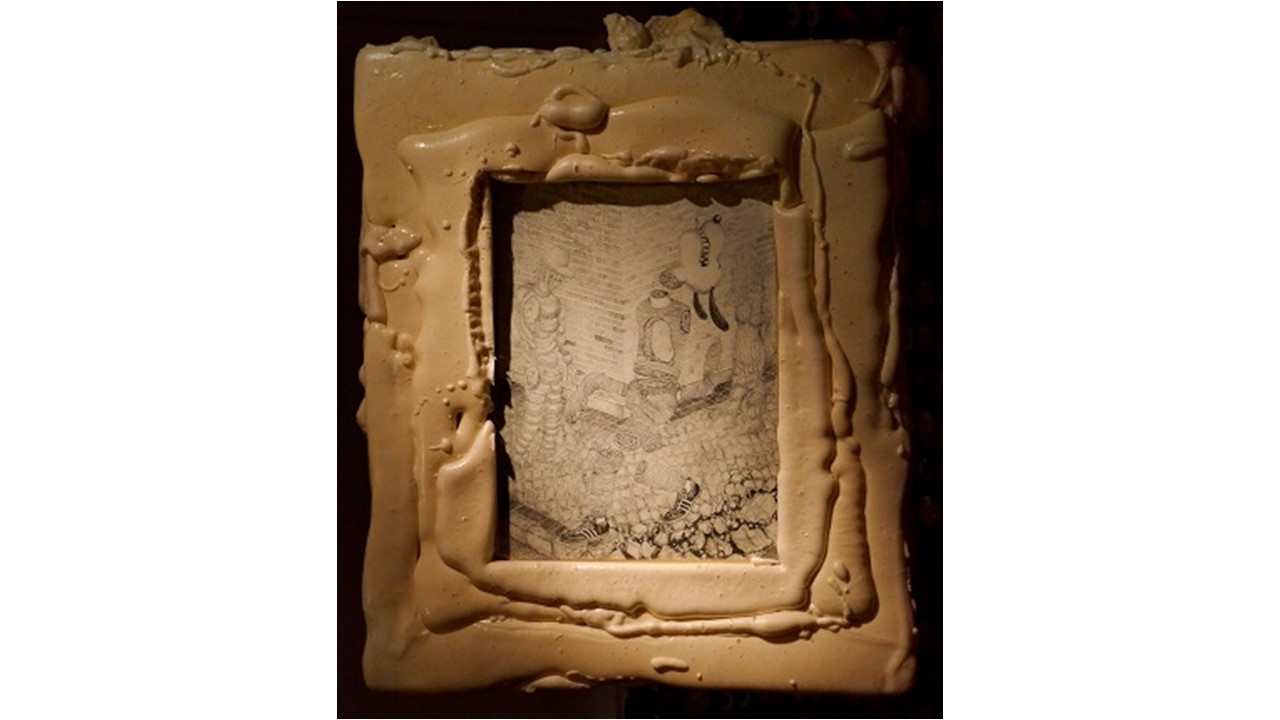
Installation view of the "Archetypes for a New Pagan Mythology" exhibition at Freijo Gallery.
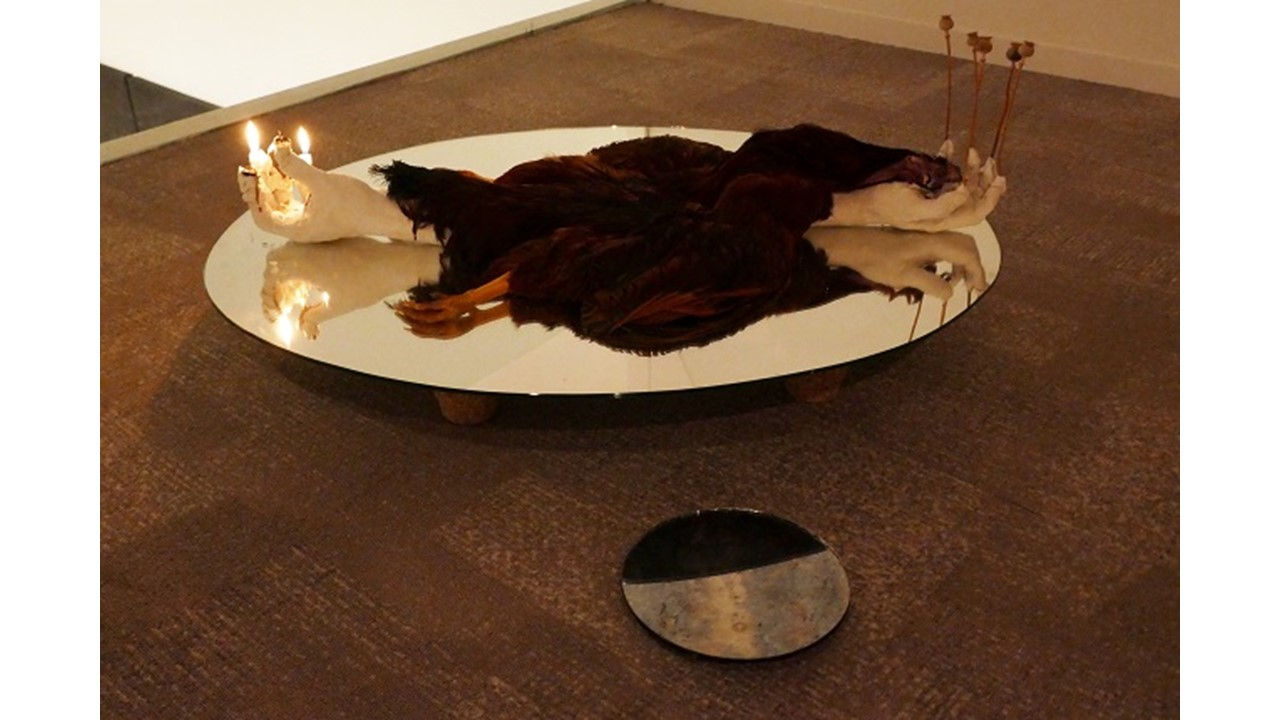
Sculptural installation "Nexo", 2020. Mirrors, stuffed rooster, artist's hands cast in plaster, candles and opium leaves.
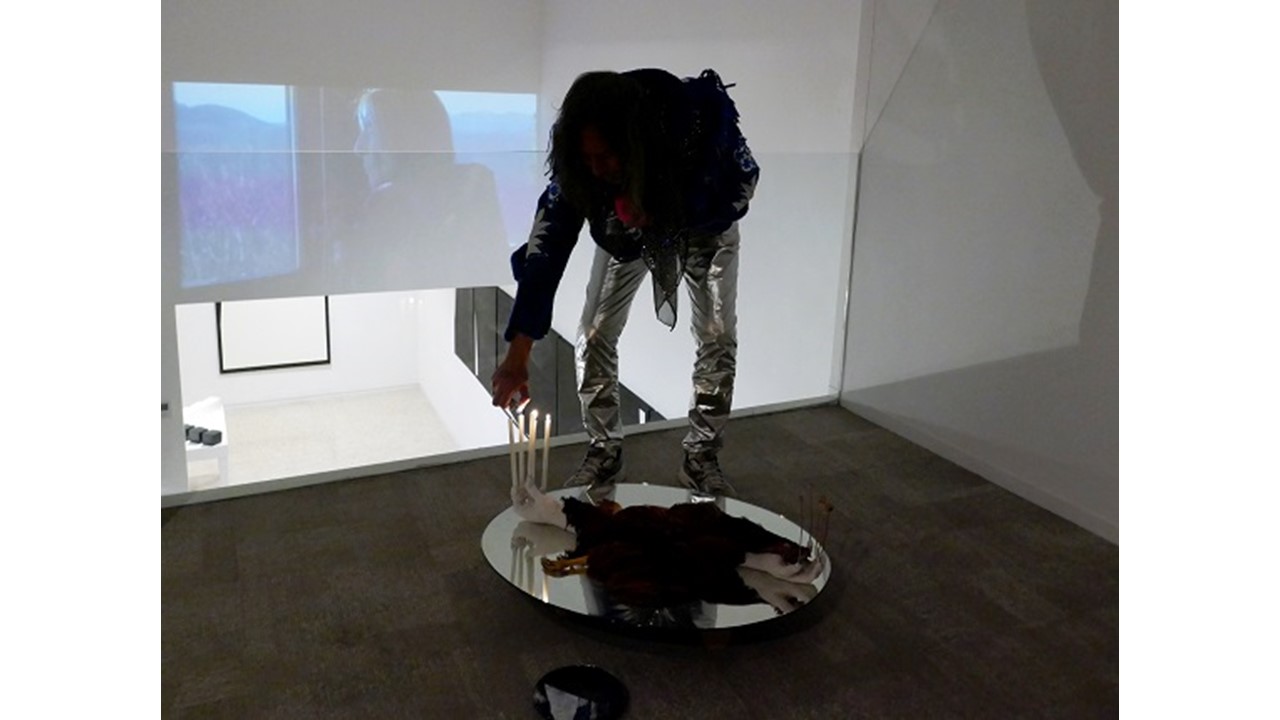
Antonio de la Rosa with his sculptural installation "Nexo" at Freijo Gallery.
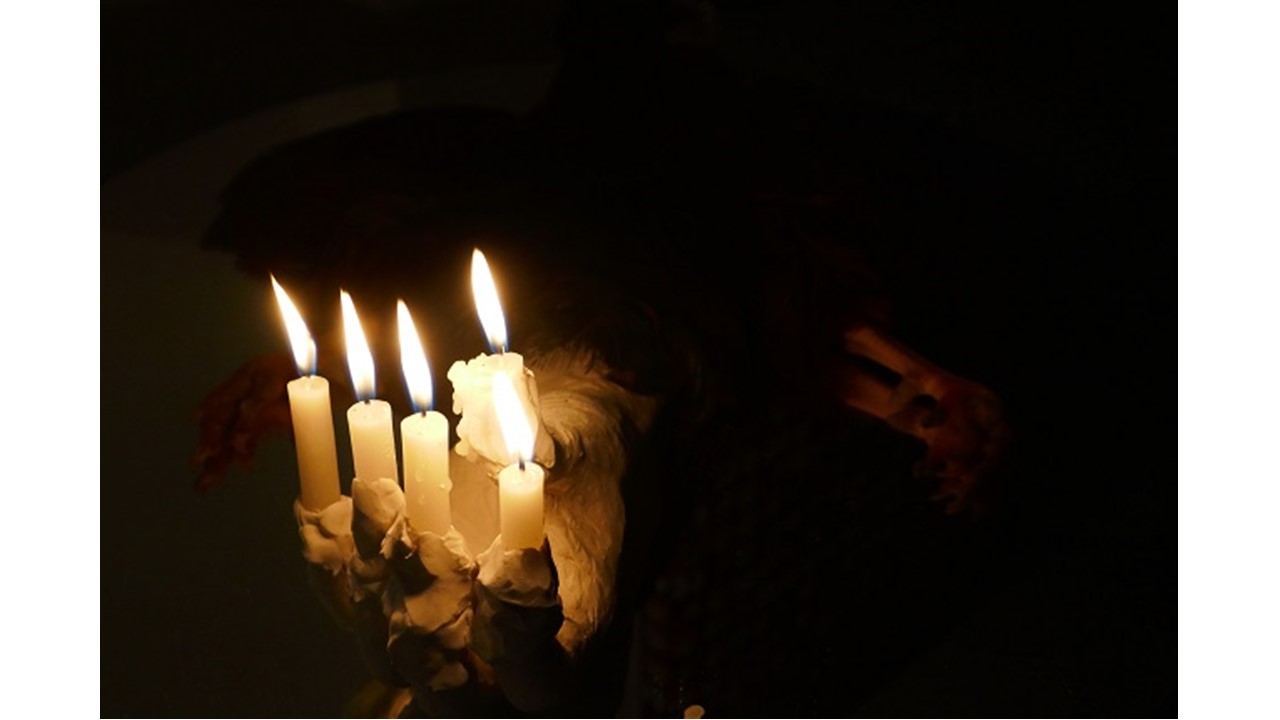
"Nexo", 2020. Mirrors, stuffed rooster, artist's hands cast in plaster, candles and opium leaves.
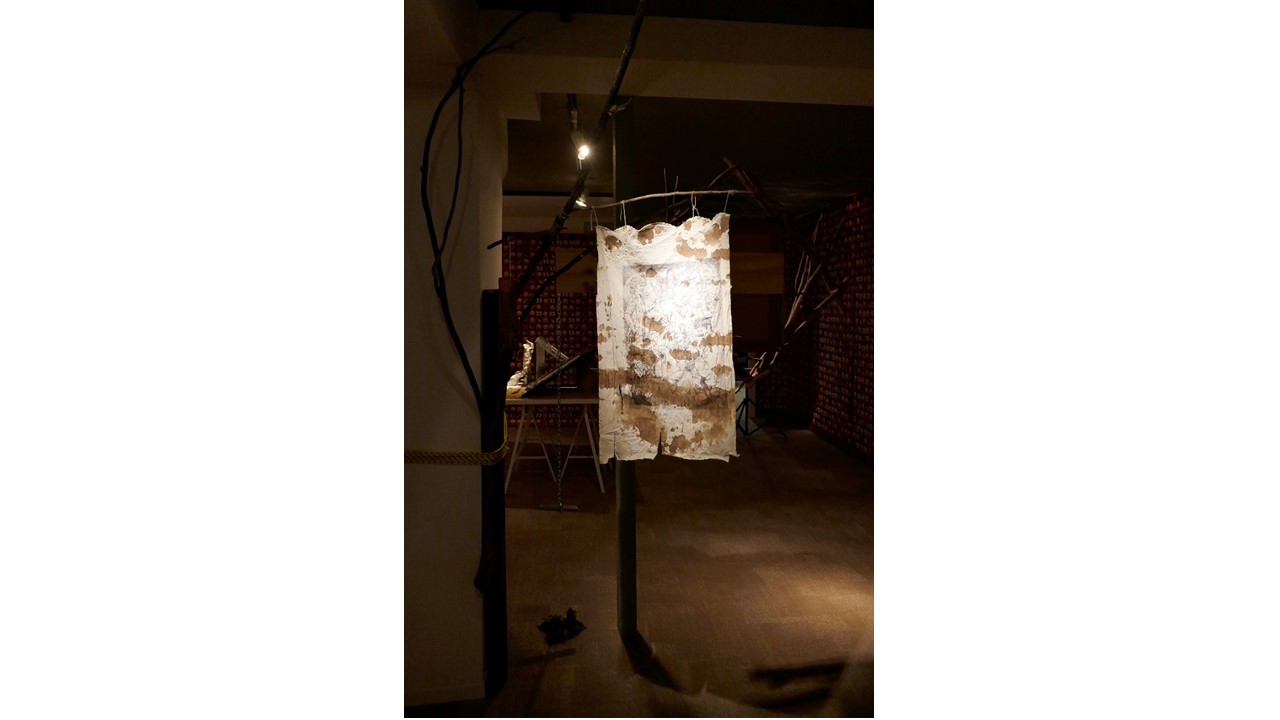
"Desiderium", 2020. Branches, ropes, thread and fabric with print and the artist's blood stains.
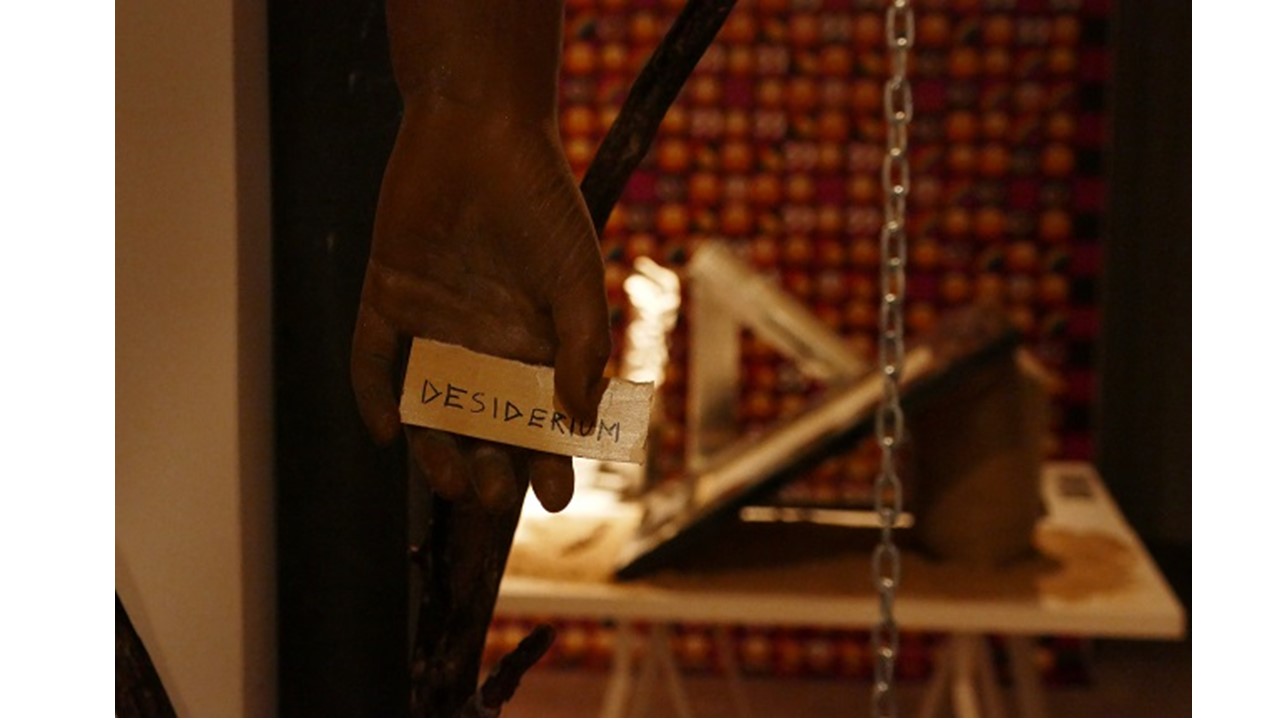
Detail of the sculptural installation "Desiderium", 2020. 240 x 100 x 100 cm
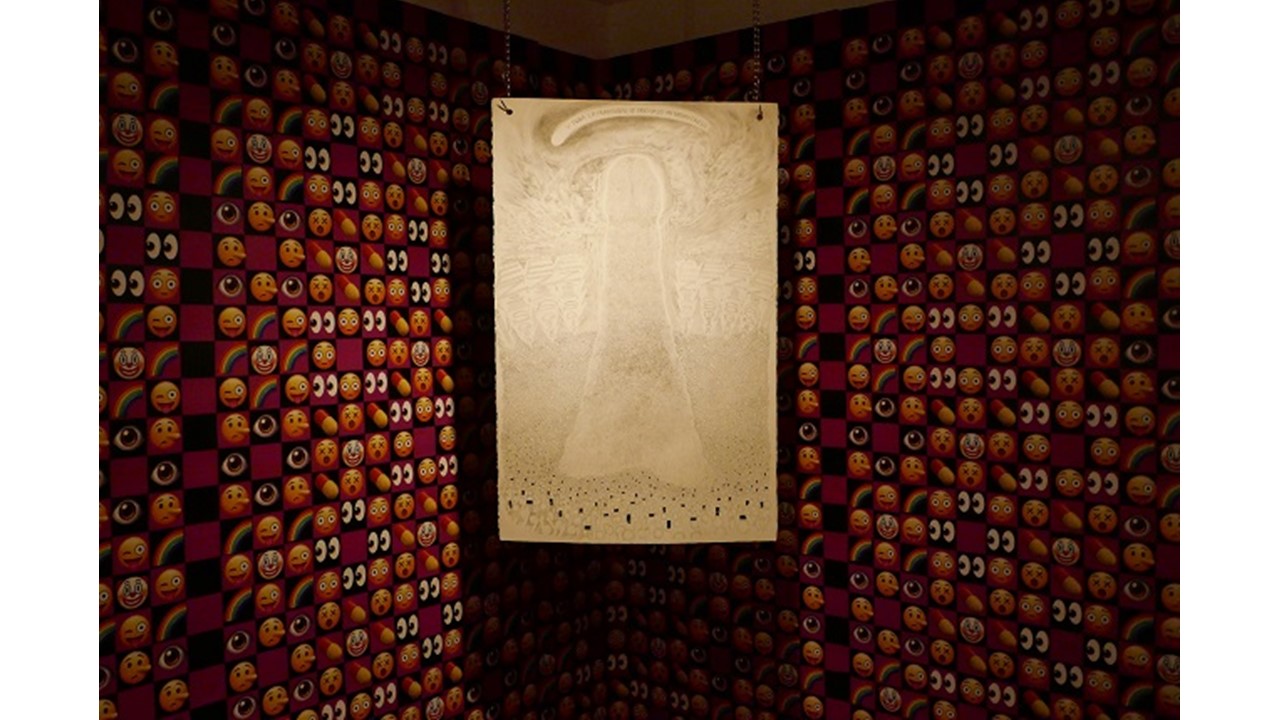
View: "Bigsize God", 2020. Ink on paper. 103 x 66 cm. Unpublished piece.
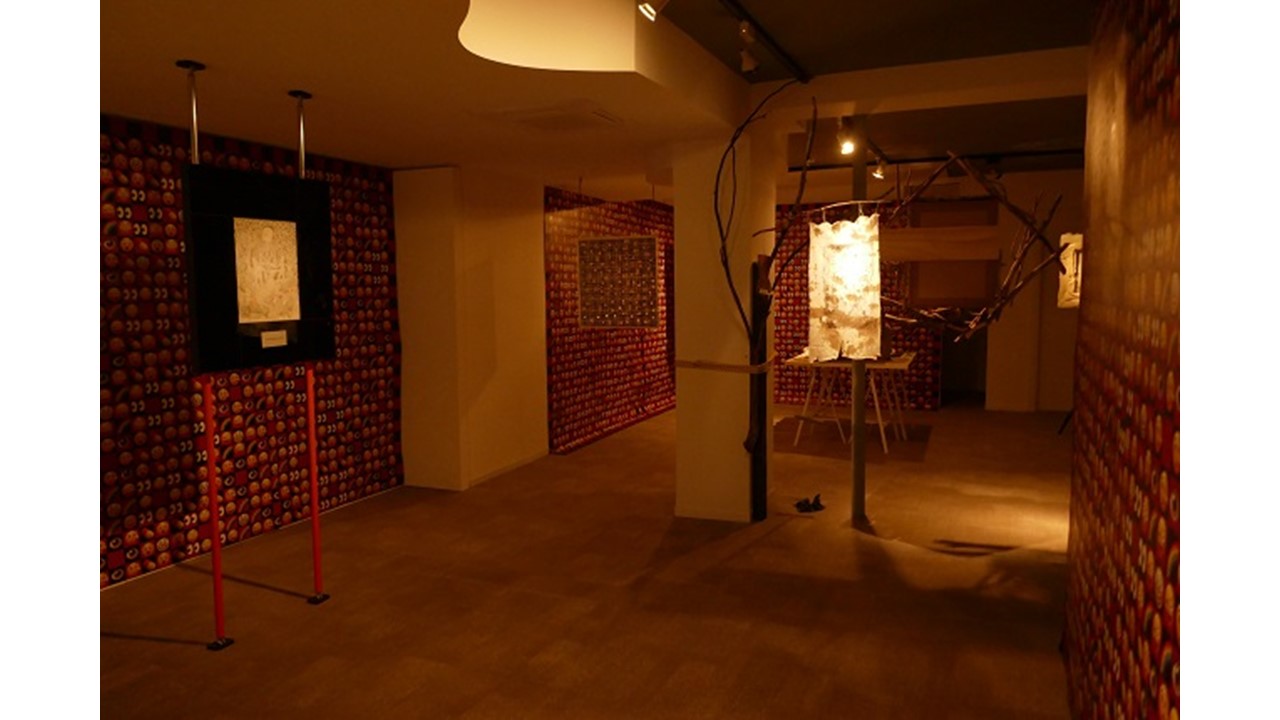
Installation view of the "Archetypes for a New Pagan Mythology" exhibition at Freijo Gallery.






















